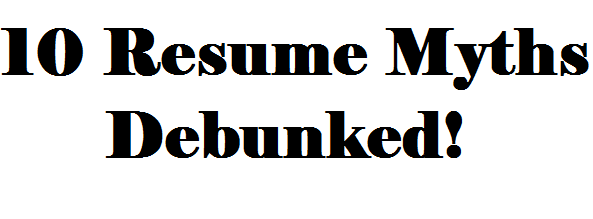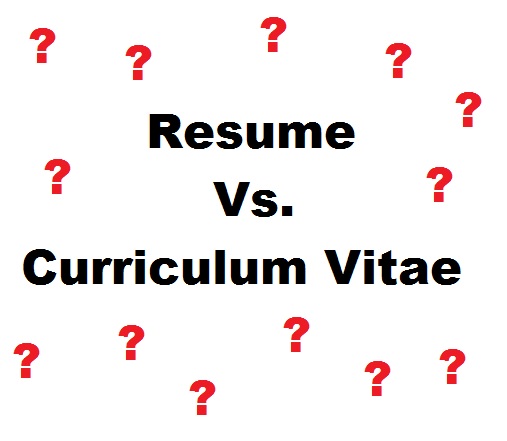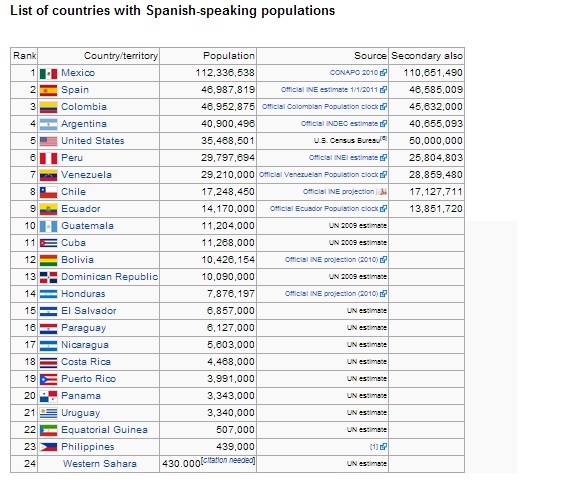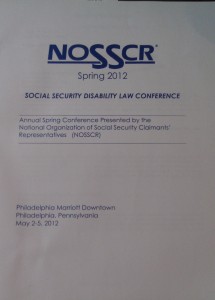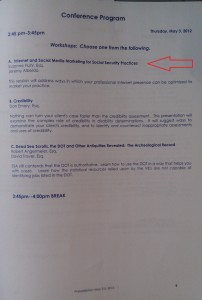A resume is often your first impression to the company you are attempting to be hired by. As such, making your resume stand out amidst the rest gives you that extra shine above all others.
Here are five simple tips to give you a better chance of getting your foot in the door:
1. Organize the information:
It is very important to organize the information of your resume in a fashion that allows the reader to easily identify how you can become a valuable member of their organization. Most companies are looking for employees that are organized and concise and this shows you have these abilities right off the bat.
2. Define the work not the job name:
A title does not really tell anyone what you are capable of. It simply states the names your previous company decided to use for their organizational chart. Therefore, it is more valuable to describe what you actually did in your previous employment. Again, you should do this in an organized manner that is easy for the reader to comprehend.
3. Gear the information to the market you are applying to:
If you were looking to hire a software engineer, then you would not really care about previous employment as a security guard. You must tailor your resume to the job in which you are trying to get, not the jobs in which you are no longer doing. So make sure that your resume centers around information pertaining the field you are applying for.
4. Career Summary beats an objective:
Most resume builders put “objective” as a beginner and most people usually populate this with a phrase like “To obtain meaningful employment……” As a reader of resumes, I can tell you that I rarely even read the objective because it is obvious that someone is attempting to obtain employment. Instead, replace this with a career summary to catch the attention of the reader. Get them hooked fast so they will be more apt to read the rest in more detail.
5. Consistency in format:
Often times, people reading these resumes are reviewing hundreds, if not thousands, of resumes and default to doing quick scans instead of in depth looks. Because of this it is of high importance that your resume be easy on the eyes. Make sure to use the same line spacing, character format, and font size. Inconsistency in a resume makes them harder to read and easier to put into the bottom of the candidate pile.
In today’s job market, the employer often has hundreds of potential candidates so you must remember that your resume is their first impression. It is said that it takes six months to change a first impression so make sure that you are giving the best one possible right from the beginning.
If you like our professional resume writers in Miami to have a look at your current resume, then click here.


